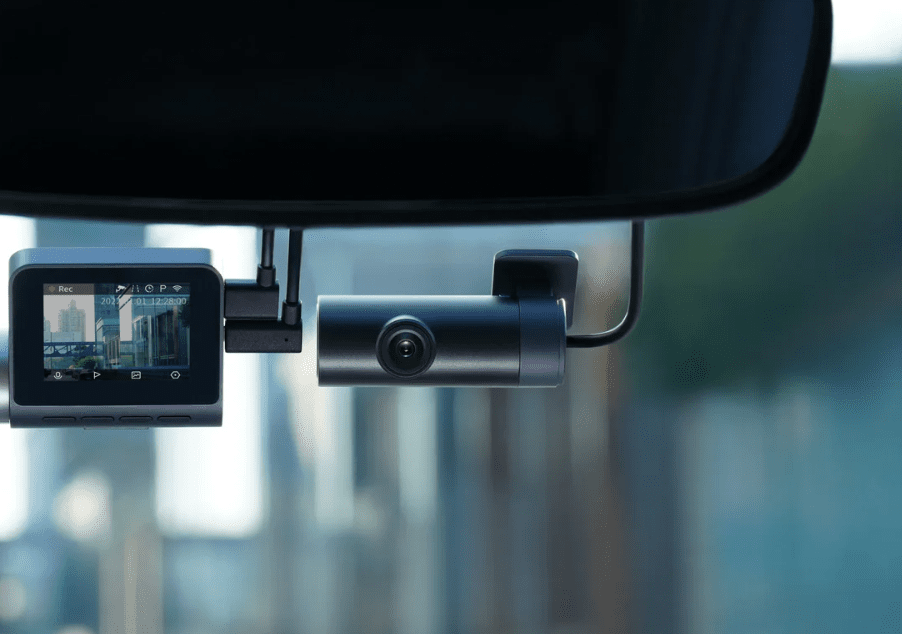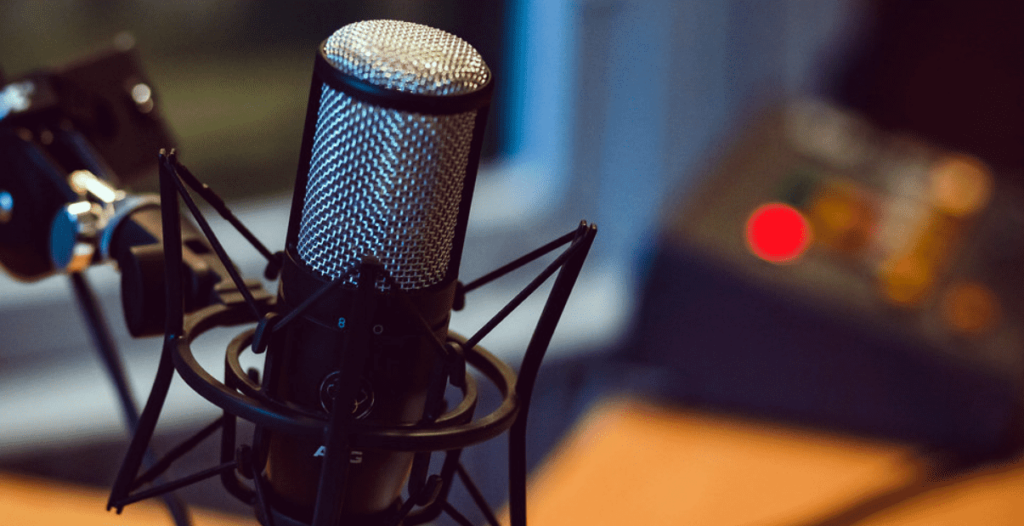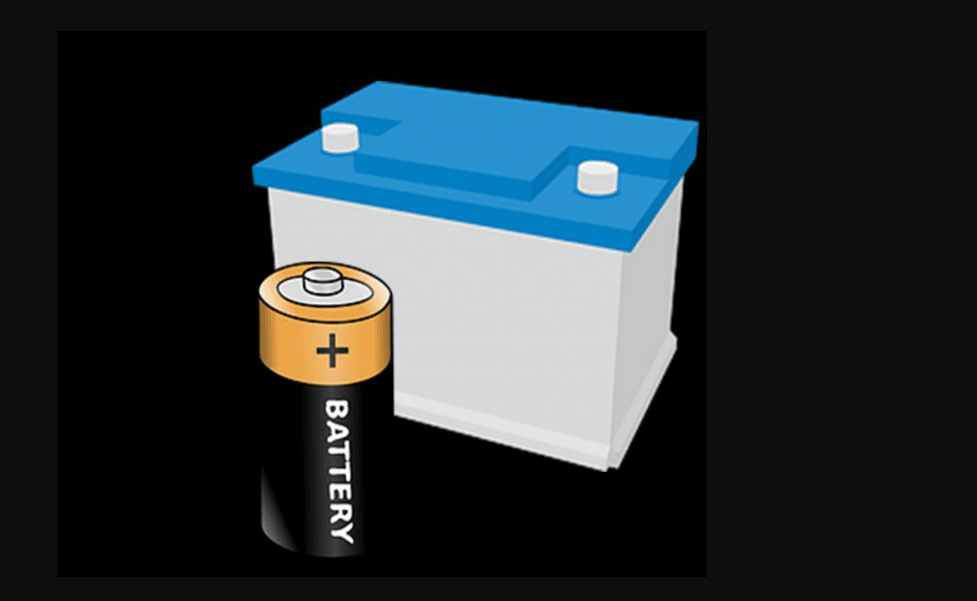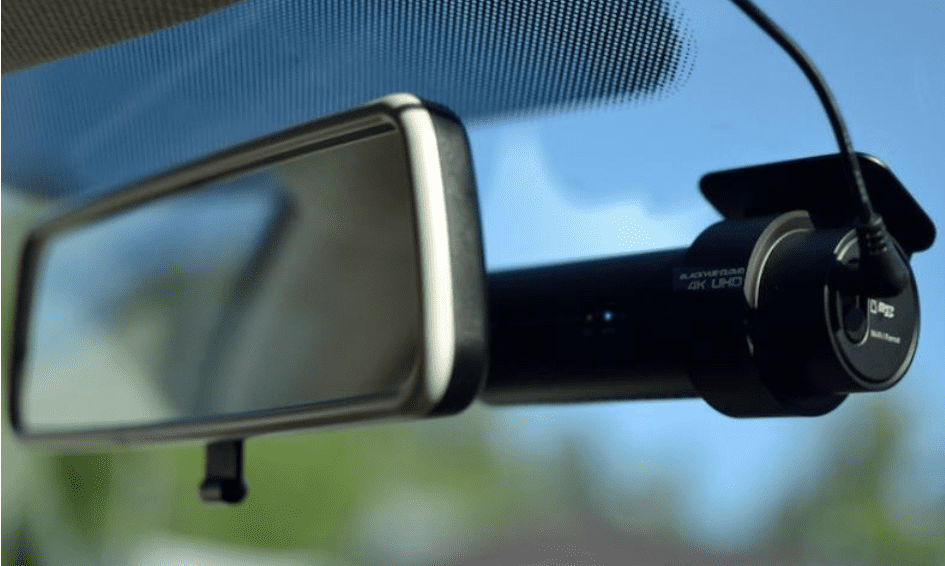Driving can be both fun and dangerous at the same time. When it is a road mishap, it is too late to decide whose mistake led to the mishap. But after things settle, finding the one who made the mistake can be essential. Even if it is not as bad as a road accident, there can be unwanted road rage, or the cops can penalize you for an apparent mistake you haven’t done. With hundreds of cars on the road, a small mistake by one driver can break the stability and bring things out of control.
In such a situation, it can be challenging to prove your innocence if you don’t have a verified account of what exactly happened on the spot. The best thing is to have a dashcam to record everything happening, and you can produce the footage in court or in front of the authorities to prove your innocence. While you can quickly get a dashcam from Amazon, a car showroom, etc., you should know your requirements before you get a dashcam for your car.
So, today, I will discuss choosing the perfect dashcam for your needs. You don’t need the best in the world, but with the guide here, you can get the best in your budget.
But before getting started, here’s what a dashcam is, just in case you are unaware.
Dashcam explained fundamentally.
A dashcam is a camera mounted on a car’s windshield. It records everything happening in front of the car or sometimes even at the back. The camera starts recording the moment you start driving your vehicle.
A camera placed in such a location will record essential events, like whether you are dishonoring a signal, flouting any traffic rules, etc., and if things start going against you, as I said a while ago, you could prove your innocence with that footage.
Not just proving your innocence, but you can also see the footage to monitor the driving habits of others, such as if somebody is driving your vehicle, or analyze your own mistakes if you are a learner and drive with fewer flaws.
Now that you know a basic dashcam, you might think it is straightforward to get one, as it is just like a regular video cam with some memory to record footage. However, choosing the right dashcam can be complicated; hence, I am here with the most essential points to remember before getting one.
1. Video resolution

No matter what purpose you will use your camera for, the video resolution is one of the most rudimentary numbers to check. Without going into the details, a 1080p dashcam should be your bare minimum; if you want more, go for 1440p. You can get a dashcam with a 4K recording resolution if you have a slightly higher budget.
A higher video resolution will help you recognize the color and model of vehicles on the road or understand human faces better if you want to acknowledge individuals after an accident or road mishap. Even if you have a budget, don’t blindly go for an extremely high resolution unless you can stack all the minimums in the budget.
2. Field of View

There’s no doubt when it comes to a camera, it all boils down to the camera quality. However, things take a different route when you are choosing a dashcam. Besides having a good recording quality, which is expected from a decent dashcam, a better field of view can record more area when placed at a specific point than one with a smaller field of view. As it will record your driving and any incident in its vicinity, a dashcam with a wide field of view can be a last resort in the worst situations.
A high field of view can often make videos look artificially spread out, but you won’t use your dashcam to record a film. Would you? Unfortunately, manufacturers aren’t transparent about disclosing the details of the field of view on the package or the product specifications page. Hence, you had better see the screenshots or recordings from the camera to decide.
3. Number of cameras

Usually, most dash cams record everything happening in front of the driver. Some have an extra cam to record the cabin and whatever happens at the back of the car. It is like a rearview mirror with a camera. This might be useful if you rent your car out and want to ensure the riders are not misusing the car’s interiors.
Furthermore, if there is a road mishap, recording the rear can add to your existing evidence if you want to prove your innocence. In short, with a dashcam that can record both the front and the back, you can record the whole journey, which can be practical in a handful of situations.
4. Audio recording capability

This can be controversial as if you are renting out your vehicle, the passengers have the right not to record their conversations. So, it is crucial to announce the commencement of the audio recording so everyone in the cabin knows it. With a dashcam having audio recording capability, there must be a way to enable or disable audio recording to prevent misutilization of disk space that would otherwise be used to record a few more hours of video.
The audio recording could be started in the case of any heated argument or if the driver thinks audio evidence can also be used in court to prove innocence or guilt. But before you choose a dashcam just for its audio recording capability, try getting some audio samples or reading user reviews to ensure that the audio recording capability in your cam is not a gimmick.
5. Storage capacity

With traffic challans posted to your address, you never know which footage you need next. So, your dashcam should have decent storage to store recordings of at least the last few driving sessions. Dashcams generally record videos in AVI or MP4; a rough estimate is that a one-hour 1080p video will consume around 130 MB of disk space. Do the math and choose a hard drive or SD card for your dashcam that offers the minimum storage per your needs.
But space should not be your concern. No matter how many gigabytes you store on the silicon dye, you will eventually run out of storage space after just a few days. Dashcams are equipped with loop recording, where the first recordings are automatically deleted to free space for the new ones. It would be best to have adequate memory to store the footage of at least the last 15 driving sessions.
A dashcam without loop recording functionality means you will manually have to delete unnecessary recordings occasionally; otherwise, recording may stop anytime, even while you are out driving. Talking about the media type, a micro SD card is always ideal for dashcams, as major accidents can destroy the hard drive or the dashcam; however, chances are slim that such a small SD card will be damaged.
6. Battery and power

Some dashcams have a built-in battery, while others turn on when you start your car. Dashcams with a built-in battery mean you will have to charge them often. Check whether your dashcam records when it is charged. That way, it can record while charging; otherwise, you will have to wait for several minutes to a few hours before it can start recording.
A battery built into a dashcam will also facilitate additional features like automatic recording, even when the car is not running during some unexpected event. However, if that is not something you want, you can get a dashcam running on the car’s power supply. With such a feature, you can be assured that it will automatically start recording upon starting the vehicle, while the feature may or may not be available in a dashcam with its battery.
7. Installation options

Most dash cams attach to your car’s windshield using a suction cup or adhesive. A suction cup is the most convenient option, as you can easily remove it. However, before you decide on the final mounting position of your dashcam, experiment at all the potential locations to find out where you are getting the best field of view.
Furthermore, try to place the dashcam in a position to keep glare at bay. However, it will be a cold day in hell when you can record footage with zero glare, as there will be some based on your driving time and direction. The best you can do is use a visor, tinted glass, or a polarizing filter to block those angles that cause glare and unnecessary reflection.
You should also ensure that the wiper does not significantly impact the recording and keep the windshield clean for clear recordings from your dashcam.
8. Transferring and managing recordings

No matter how many sound recordings you get from your dashcam, the way of managing them and transferring files can be something you might dislike. You might find limited options or the UI might be too complicated. Even if the UI is complex, you can access the recordings from your smartphone using an Android app. Otherwise, you will need a laptop and a card reader to access the recordings, which is another hassle for non-tech-savvy users.
Some dash cams will connect to the Wi-Fi in your car to help you access the recordings on your smartphone, while others will broadcast their own Wi-Fi SSID, and the second one is always better as everyone doesn’t have Wi-Fi in the car. However, if you want to access the feed remotely, your vehicle must have Wi-Fi, and your dashcam should connect. But don’t expect HQ feed if your car is navigating through remote villages or mountains almost off the grid.
9. Durability

Durability is a crucial aspect in dashcams, something often disregarded in the madness of other valuable features and usually gimmicks. The car’s interior is frequently a greenhouse unless it’s on the streets and the AC is on. Your dashcam shouldn’t melt down in that heat and should be resilient enough not to get impacted by the shocks and jerks while riding on rough terrain.
Unfortunately, every brand markets its products as the most durable, and the manufacturer does not disclose a quantitative description of a product’s durability. Hence, go through the reviews before grabbing your goodie. If you read this far, you are informed enough to check the online reviews before making the final call.
10. Other features
Besides all the features I mentioned here, a GPS tracker on your dashcam will provide extra evidence alongside your footage in the case of a severe accident. That way, no one can deny that the incident took place at the location you claimed.
Dashcams armed with a G-sensor can detect abnormal movements or jerks in a car that results from an accident, and it will mark the recordings at such times as necessary. It won’t be deleted if it is equipped with a loop sensor. Furthermore, if the dashcam has its battery, a G-sensor will trigger the recording if someone tries to steal the car or something unexpected happens. However, a G-sensor isn’t always 100% accurate; hence, if there is some critical recording, keep a backup before it is removed days later.
So, that’s all about dashcams. The article may be a little extensive, but it is the last guide you should check before you get your dashcam. If something is not mentioned on the product page, check the review to find hidden facts and figures.
Do you have any questions? Feel free to comment on the same below.

Related Posts
How to Archive a WhatsApp Conversation Without Deleting
How to Clear or Delete Archived Emails in Gmail
10 Reasons, Why Should users Archive essential Emails on their devices or other media?
How to Clear Google Search History?
2 best Android Apps to open zip or archive files on the smartphone
How to use the XLOOKUP function in Microsoft Excel with Example